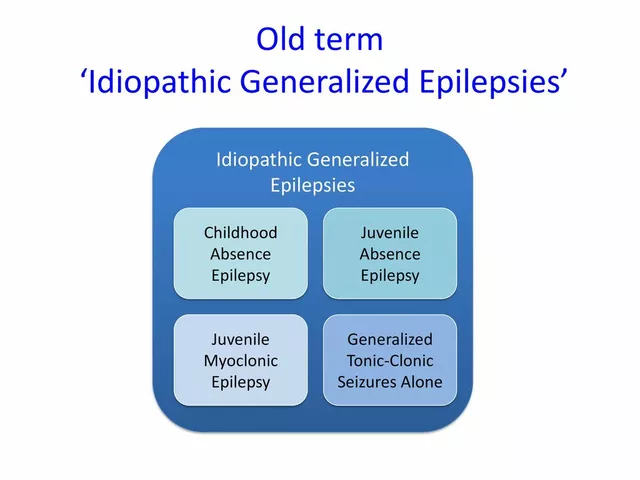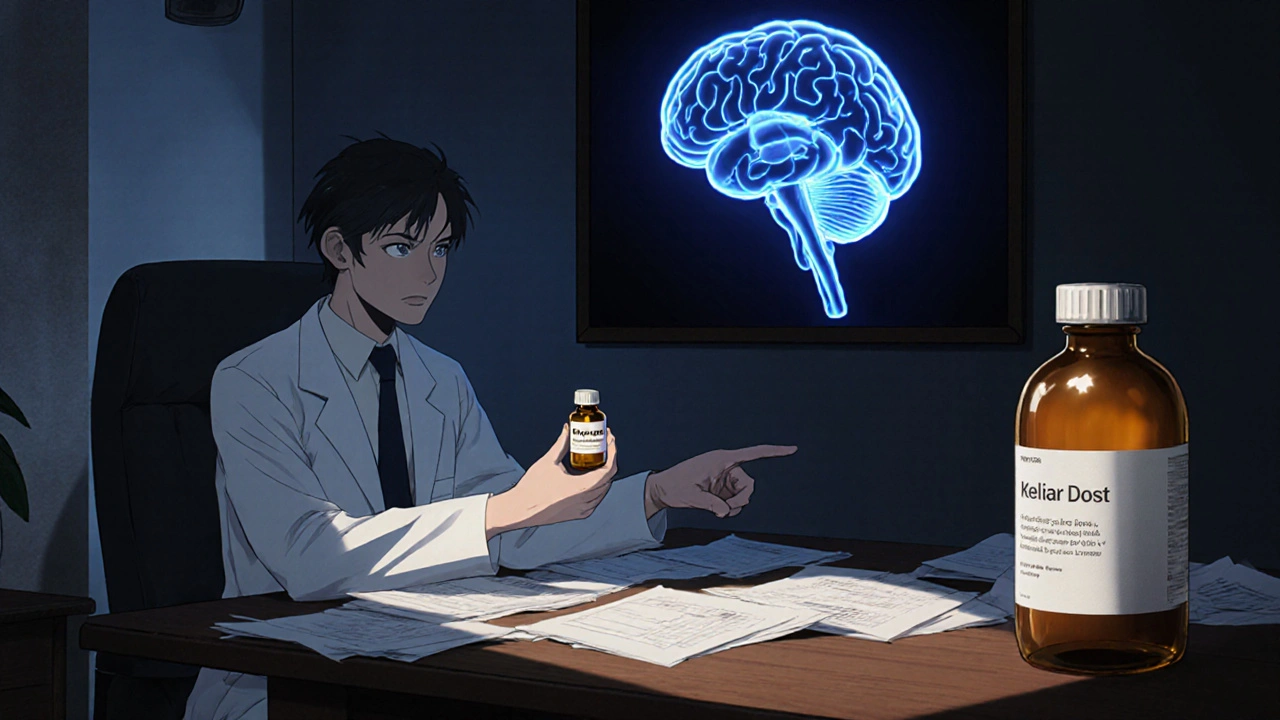Parkinson's Disease: Symptoms, Treatments, and What Actually Helps
When your body starts moving slower, shaking without reason, or feeling stiff for no clear cause, it might be Parkinson's disease, a progressive nervous system disorder that affects movement by reducing dopamine in the brain. Also known as paralysis agitans, it doesn’t just shake your hands—it changes how you walk, talk, and even sleep. This isn’t just aging. It’s a real condition that hits about 1% of people over 60, and while it’s not fatal, it can make everyday tasks like buttoning a shirt or getting out of bed feel like climbing a hill.
At its core, Parkinson’s is about dopamine, a brain chemical that helps control smooth, coordinated muscle movement. When the cells that make dopamine die off, your muscles don’t get the signal to move properly. That’s why tremors, slow motion, and stiffness show up. But it’s not just physical. Many people also deal with depression, trouble smelling things, constipation, and sleep problems long before shaking starts. The real kicker? There’s no blood test for it. Doctors diagnose it by watching how you move, how you respond to levodopa, the main medication that replaces lost dopamine in the brain, and ruling out other causes.
Levodopa is still the gold standard, but it’s not perfect. Over time, it can cause uncontrollable movements or stop working as well. That’s why many people end up trying deep brain stimulation, physical therapy, or even exercise routines designed just for Parkinson’s. Walking, dancing, and boxing have all been shown to slow decline better than pills alone. And while no cure exists yet, research is moving fast—especially around gut health, inflammation, and early detection through smell or sleep patterns.
You’ll find real stories here—not just theory. People who’ve managed symptoms with diet tweaks, learned how to time their meds right, or found relief through non-drug methods. You’ll see what works for others, what doesn’t, and how to avoid common mistakes like skipping doses or ignoring non-motor signs. This isn’t about hope—it’s about what you can actually do today to keep moving, keep living, and keep control.
Rasagiline’s Role in Slowing Parkinson’s Disease Progression
Explore how rasagiline works, its neuroprotective evidence, and practical tips for using it to potentially slow Parkinson's disease progression.
About
Medications
Latest Posts


Imodium Guide: How to Use Loperamide Safely for Diarrhea
By Orion Kingsworth Sep 21, 2025

Norvasc Uses, Dosage, Side Effects, and Important Facts for Blood Pressure Control
By Orion Kingsworth May 24, 2025

Ramipril (Altace) vs. Common Alternatives - Full Comparison
By Orion Kingsworth Oct 10, 2025

